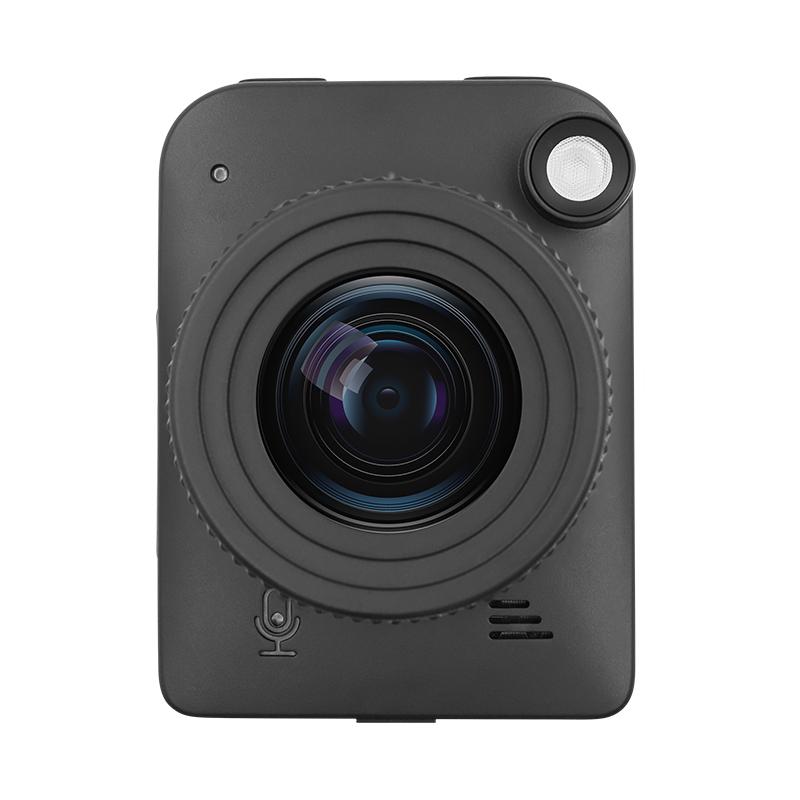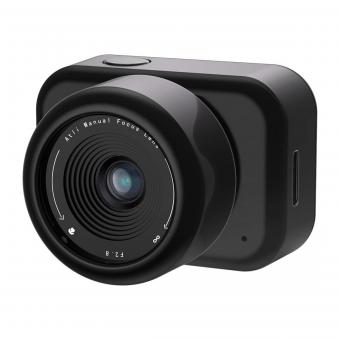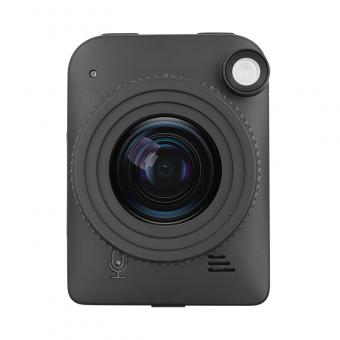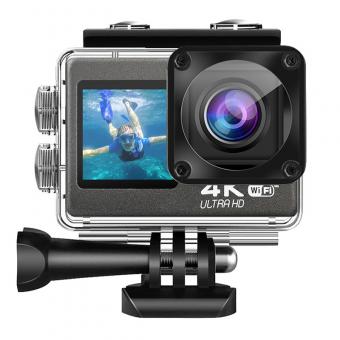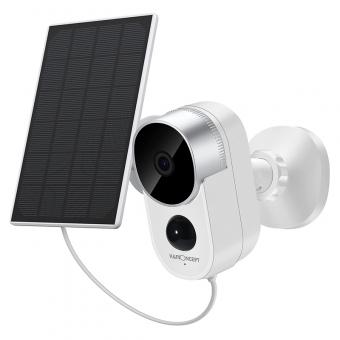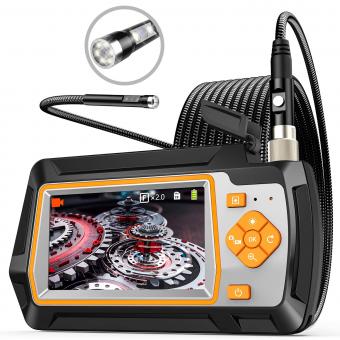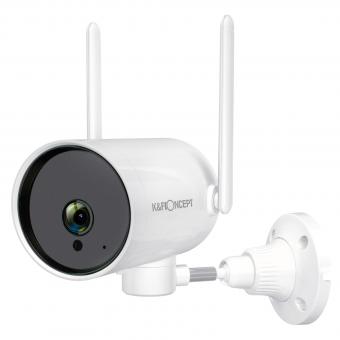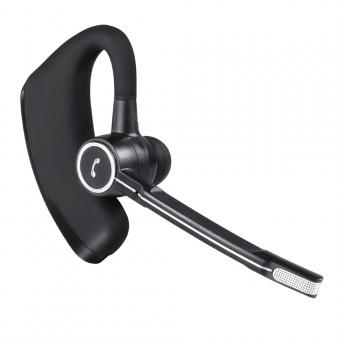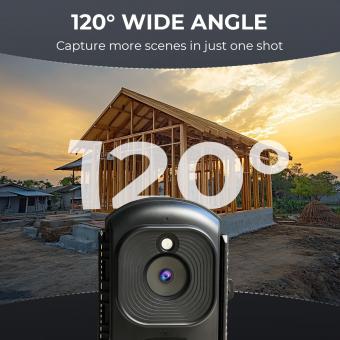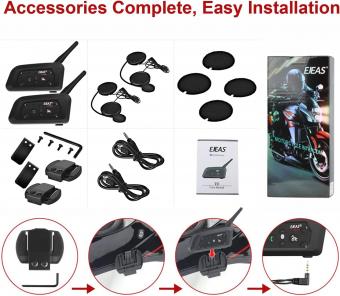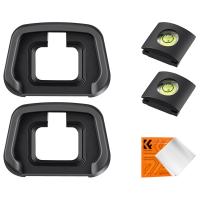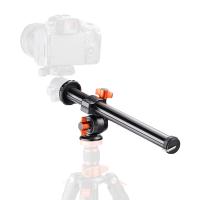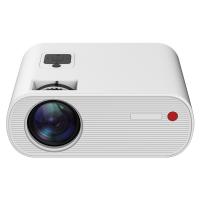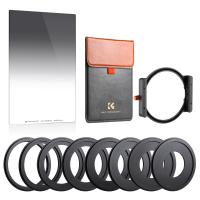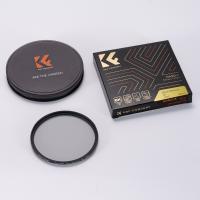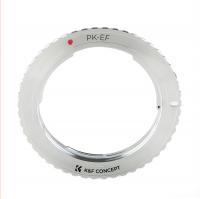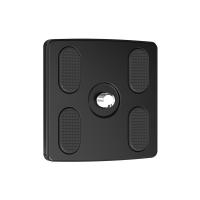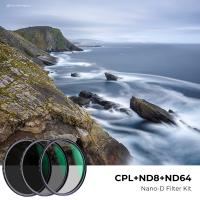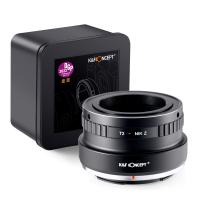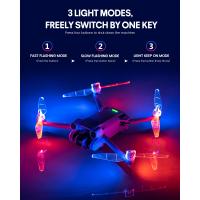What Is Time Lapse Interval In Camera ?
Time lapse interval in a camera refers to the amount of time between each frame captured in a time lapse sequence. This interval can be set by the user and can range from seconds to minutes or even hours, depending on the desired effect. A shorter interval will result in a smoother and more fluid time lapse, while a longer interval will create a more choppy and disjointed effect. The time lapse interval is an important setting to consider when creating a time lapse, as it can greatly affect the final result.
1、 Definition of time-lapse photography
Definition of time-lapse photography: Time-lapse photography is a technique in which a camera captures a series of images at set intervals and then plays them back as a video at a faster speed than real-time. This technique is often used to capture slow processes that are not easily visible to the naked eye, such as the movement of clouds, the growth of plants, or the construction of a building.
The time-lapse interval in a camera refers to the amount of time between each image capture. This interval can range from a few seconds to several hours, depending on the subject being photographed and the desired effect. For example, a time-lapse of a busy city street may require a shorter interval of a few seconds to capture the constant movement, while a time-lapse of a sunset may require a longer interval of several minutes to capture the gradual changes in light and color.
In recent years, time-lapse photography has become increasingly popular due to advancements in technology and the availability of affordable equipment. Many cameras now have built-in time-lapse features, and there are also specialized time-lapse cameras and accessories available. Additionally, software programs have made it easier to edit and create time-lapse videos, allowing for more creative possibilities. Overall, time-lapse photography is a fascinating and creative way to capture the passage of time and showcase the beauty of the world around us.
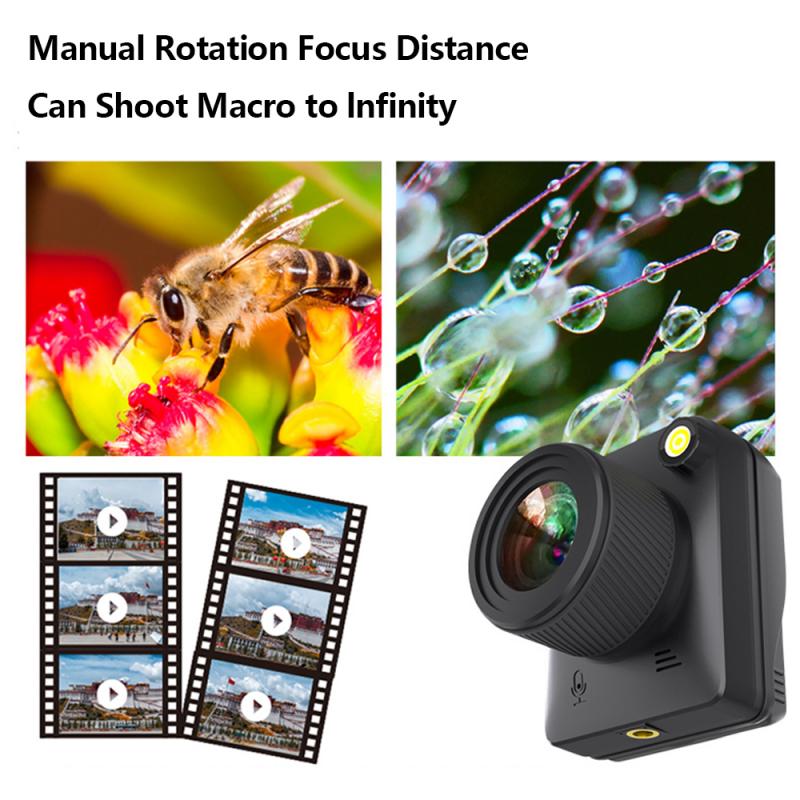
2、 Importance of interval timing in time-lapse photography
What is time lapse interval in camera?
Time-lapse interval refers to the time duration between each frame captured by the camera in time-lapse photography. It is an essential setting that determines the speed of the final time-lapse video. The interval can range from a few seconds to several minutes, depending on the desired effect and the duration of the event being captured.
Importance of interval timing in time-lapse photography
Interval timing is crucial in time-lapse photography as it determines the overall speed and smoothness of the final video. A shorter interval between frames results in a faster and smoother video, while a longer interval creates a slower and more jerky effect. The interval timing also affects the amount of footage captured, as a shorter interval will require more photos to be taken, resulting in a larger file size.
Moreover, interval timing is essential in capturing events that occur over an extended period, such as sunsets, star trails, and construction projects. A longer interval may be necessary to capture the gradual changes in the scene, while a shorter interval may be required to capture the rapid changes.
In recent years, the importance of interval timing has increased with the advent of new technologies such as motion control and high dynamic range (HDR) imaging. These technologies allow for more precise control over the interval timing, resulting in more creative and visually stunning time-lapse videos.
In conclusion, interval timing is a critical aspect of time-lapse photography that determines the overall speed, smoothness, and creative potential of the final video. As technology continues to advance, the importance of interval timing will only continue to grow, allowing for even more creative and visually stunning time-lapse videos.
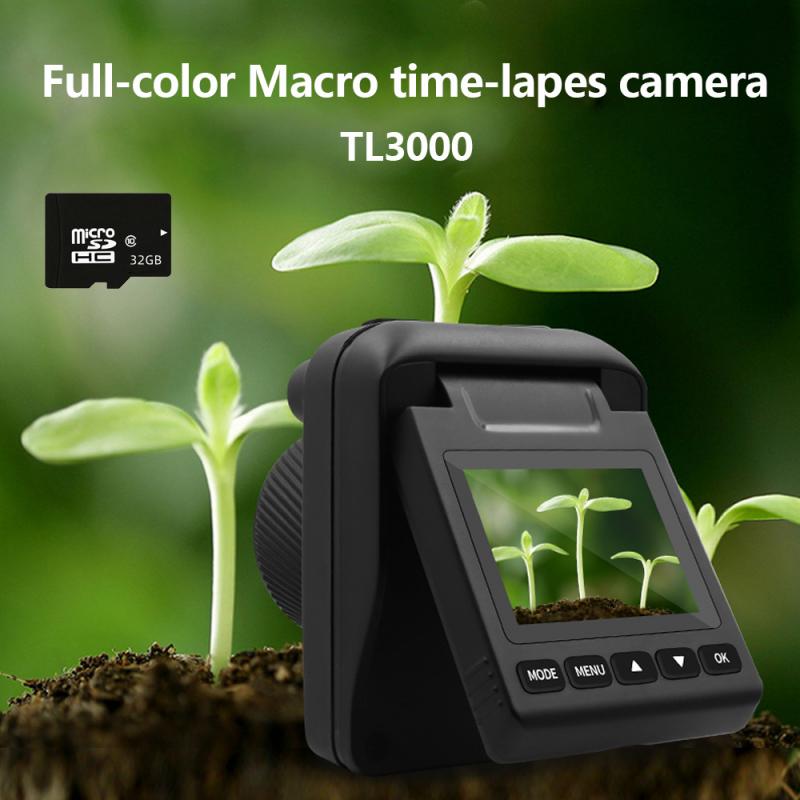
3、 Factors affecting time-lapse interval selection
What is time-lapse interval in camera?
Time-lapse interval in a camera refers to the duration between each frame captured in a time-lapse sequence. It is the time interval at which the camera takes a photo and moves on to the next one. The interval can range from a few seconds to several hours, depending on the desired effect and the length of the final video.
Factors affecting time-lapse interval selection:
1. Subject: The subject of the time-lapse determines the appropriate interval. For example, a fast-moving subject like clouds or traffic requires a shorter interval, while a slow-moving subject like a plant growing may require a longer interval.
2. Length of final video: The length of the final video also affects the interval selection. A longer video requires a longer interval to avoid having too many frames and a shorter video requires a shorter interval to capture enough frames.
3. Lighting conditions: The lighting conditions also play a role in interval selection. If the lighting changes rapidly, a shorter interval is needed to capture the changes.
4. Camera settings: The camera settings, such as shutter speed and aperture, also affect the interval selection. A longer shutter speed may require a longer interval to avoid overexposure.
5. Desired effect: The desired effect also plays a role in interval selection. For example, a smooth and fluid motion requires a longer interval, while a choppy and fast motion requires a shorter interval.
The latest point of view:
With the advancement of technology, cameras now offer more flexibility in time-lapse interval selection. Some cameras even offer automatic interval selection based on the subject and lighting conditions. Additionally, software tools like Adobe Premiere Pro and LRTimelapse allow for more precise control over the interval selection during post-processing. Overall, the time-lapse interval selection is a crucial aspect of creating a compelling time-lapse video and requires careful consideration of the factors mentioned above.
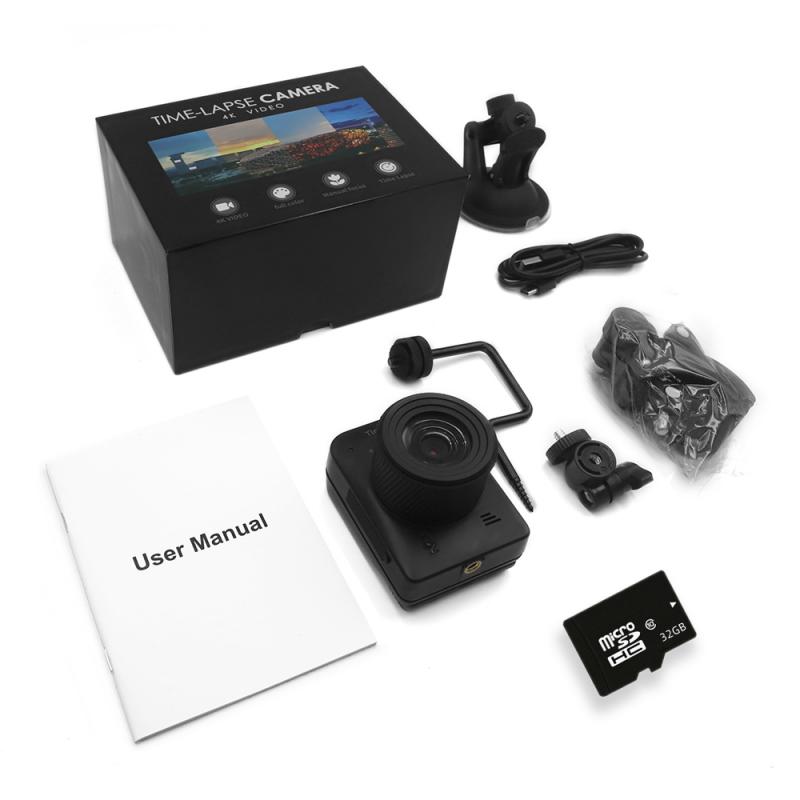
4、 Techniques for calculating time-lapse intervals
What is time-lapse interval in camera? Time-lapse interval refers to the duration between each frame captured by a camera when shooting a time-lapse video. The interval can vary depending on the desired effect and the length of the final video. A shorter interval will result in a smoother and more fluid video, while a longer interval will create a choppier and more abrupt effect.
Calculating the appropriate time-lapse interval can be a bit of trial and error, but there are some techniques that can help. One method is to determine the length of the final video and the number of frames needed, then divide the total time by the number of frames to get the interval. For example, if you want a 10-second video at 30 frames per second, you would need 300 frames. If you shoot for 3 hours, that would be 10,800 seconds, so the interval would be 36 seconds (10,800/300).
Another technique is to consider the speed of the subject being captured. If the subject is moving quickly, a shorter interval may be necessary to capture the motion smoothly. Conversely, if the subject is moving slowly, a longer interval may be appropriate.
It's also important to consider the camera's battery life and storage capacity when determining the interval. Shooting at a shorter interval will drain the battery and fill up the memory card more quickly.
In recent years, some cameras have built-in time-lapse interval calculators that can help determine the appropriate interval based on the desired length of the final video and the frame rate. This can be a helpful tool for those new to time-lapse photography.
